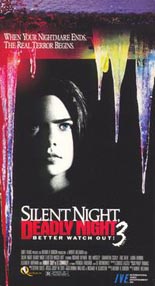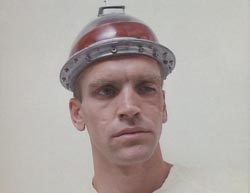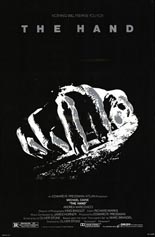
 Of Oliver Stone’s pair of forays into the horror genre, The Hand enjoys a higher profile than 1974’s Seizure, yet is half as interesting. A comparison of the titles alone could tell you that.
Of Oliver Stone’s pair of forays into the horror genre, The Hand enjoys a higher profile than 1974’s Seizure, yet is half as interesting. A comparison of the titles alone could tell you that.
Fresh from being Dressed to Kill for Brian De Palma, Michael Caine takes pen in hand to portray Jonathan Lansdale, the creator, writer and artist of a syndicated comic strip titled Mandro after its fantasy-adventure hero cast in the Alex Raymond mold. Jonathan relishes the work — for the income, naturally, but also for the vicarious outlet it provides, as his marriage to Anne (Andrea Marcovicci, Larry Cohen’s The Stuff) has curdled.
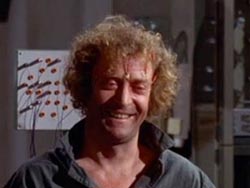 The couple is quarreling when Anne’s irresponsible driving results in an accident that causes her hubby’s moneymaker — his right hand — to pop off like a zit that has ripened to a head. While shot convincingly — which is to say gruesomely — in order to make viewers gasp and wince, Jonathan’s appendage assassination becomes peculiarly comedic in a wordless scene soon after that sees Anne and two policemen searching a nearby field for the poor man’s errant mitt (and, in a metaphoric sense, his entire career). Whether Stone intended those few seconds as a joke is unclear, at least in this early stage of his filmography; the mocking, sensory-overload satire of Natural Born Killers was more than a dozen years away.
The couple is quarreling when Anne’s irresponsible driving results in an accident that causes her hubby’s moneymaker — his right hand — to pop off like a zit that has ripened to a head. While shot convincingly — which is to say gruesomely — in order to make viewers gasp and wince, Jonathan’s appendage assassination becomes peculiarly comedic in a wordless scene soon after that sees Anne and two policemen searching a nearby field for the poor man’s errant mitt (and, in a metaphoric sense, his entire career). Whether Stone intended those few seconds as a joke is unclear, at least in this early stage of his filmography; the mocking, sensory-overload satire of Natural Born Killers was more than a dozen years away.
For the rest of the film, Jonathan is haunted by his disembodied hand. There’s no question these scenes were meant to unsettle and induce shivers in audiences of 1981, just as there’s no question these scenes are laughable today. From a shower handle morphing into an outstretched hand and a pornographic drawing that couldn’t have been his, um, handiwork — or could it? — to suspicious choking murders, our protagonist can’t escape the five fingers of death. By the end, Caine has so committed to the craziness of the piece, he resembles Marty Feldman.
In making the “artistic” choice to shoot the more surreal passages on black-and-white stock, Stone can’t resist squandering the anxiety he worked toward in his direction and script (based on Marc Brandel’s novel). Once the picture drains of color, the surprise factor follows in lockstep. Notable only for seeing a pre-Platoon Stone at work, The Hand is rather pointless. It’s certainly scareless, being an A-list update of such third-finger junk as The Crawling Hand. —Rod Lott

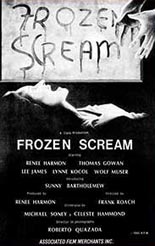
 Intones the narrator at the start of
Intones the narrator at the start of 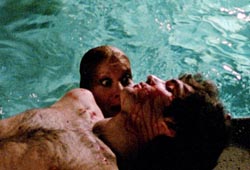 Providing the narration — which often speaks over great swaths of dialogue, rendering the exchanges unintelligible — is Sgt. McGuire (Thomas McGowan,
Providing the narration — which often speaks over great swaths of dialogue, rendering the exchanges unintelligible — is Sgt. McGuire (Thomas McGowan, 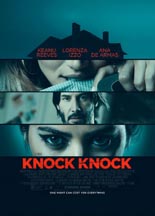

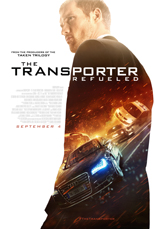
 In the spirit of the
In the spirit of the  With the franchise co-creator Luc Besson aboard as a writer and producer, The Transporter Refueled feels very much like an extension of the previous films — far more than the rather meh
With the franchise co-creator Luc Besson aboard as a writer and producer, The Transporter Refueled feels very much like an extension of the previous films — far more than the rather meh 